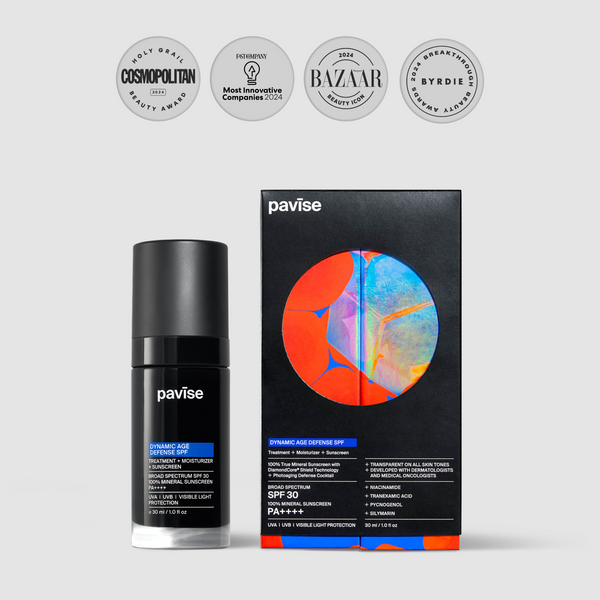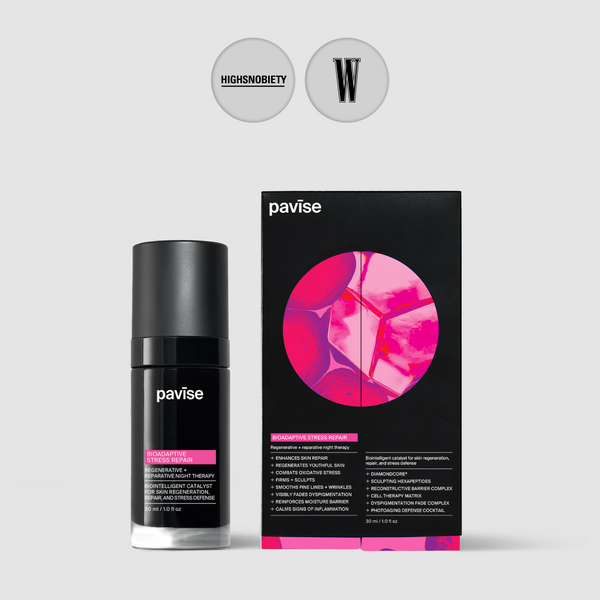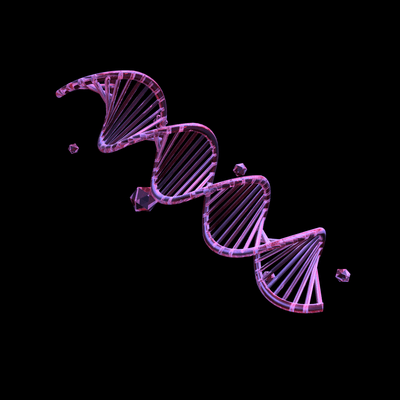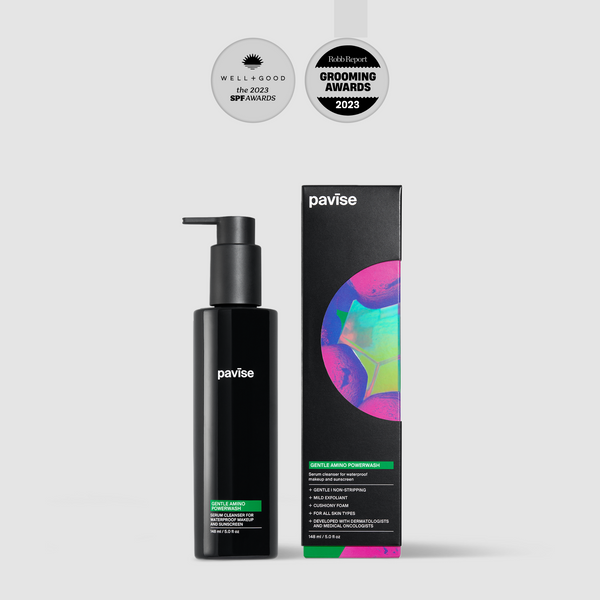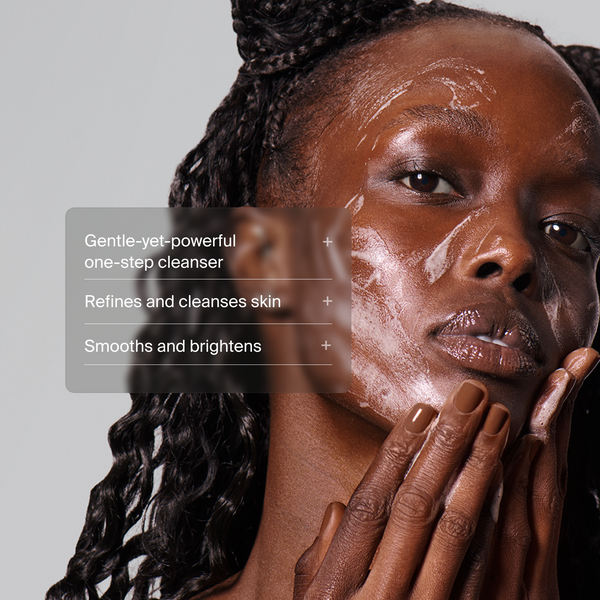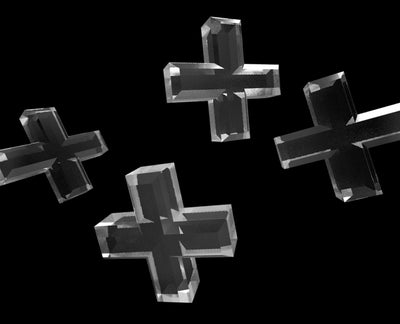IS PAVISE "CLEAN?" WHEN CLEAN BEAUTY ISN'T ENOUGH

What you need to know
The specific criteria for what is considered "clean" differs greatly amongst companies and retailers and even countries.
One of the main reasons Pavise does not publicize being “clean” is because of the term’s lack of a legal definition.
While our products adhere to the Sephora Clean and Credo standards, we approach product safety through comprehensive testing for ingredient safety, ingredient concentration safety, and finished product safety.
What does “clean beauty” mean and where did it come from?
“Clean beauty” is an unregulated phrase that was originally created and popularized in the 1990s in response to increased distrust surrounding the safety of ingredients. Since then, clean beauty has ballooned; the clean beauty market is projected to reach $22 billion by 2024. The term “clean” was designed to communicate safety from harmful ingredients and promoted “nontoxic,” “natural” products. Clean beauty became the antithesis of terms like “chemical” and “synthetic.”
The specific criteria for what is considered "clean" differs greatly amongst companies and retailers and even countries, leading to varying standards and definitions within the beauty industry.
Popular beauty retailers such as Sephora, Ulta, and Credo Beauty all have different clean standards, though all are based on their specific list of ingredients deemed potentially toxic and a product’s exclusion of the ingredients on their list. Though countries don’t label products or brands as clean, different countries have their own lists of ingredients banned from cosmetics. The EU, for example, has banned over 1300 different ingredients while the U.S. has only banned 11. The U.S. is, however, taking steps to expand their scrutiny of clean beauty claims and standards; last fall, a Safer Beauty Bill Package was introduced in Congress which would codify legal definitions of terms like “natural” and ban a wider range of ingredients.
More recently, beauty companies have taken it upon themselves to define their own version of clean. Credo Beauty boasts that it has banned more than 2700 ingredients in its “Dirty List” compared to the EU’s 1300.
The pitfalls of clean beauty
One of the main reasons Pavise does not publicize being “clean” is because of the term’s lack of a legal definition. In the beauty industry, the term’s nebulous boundaries have meant that it has become simultaneously synonymous with “natural” and “safe.” Natural and safe, however, have very different and often contradictory meanings, and their equation to one another within beauty has really muddled the integrity of the scientific research used to support the efficacy and safety of ingredients.
Natural ingredients are often whole plant extracts or essential oils which contain a greater number of impurities or plant proteins than lab-grown ingredients. This makes them more likely to cause irritation, allergic reactions, or contact dermatitis. Natural preservatives that replace more widely recognized preservative systems like phenoxyethanol and ethylhexylglycerin, are less effective at combatting bacterial growth, so they are used at a higher concentrations (sometimes 10x). The higher concentrations needed also make them more likely to incite an allergic response in users. Even when used at higher concentrations, natural preservative systems are more likely to fail; allegations of mold found in some clean beauty brands’ products have gained traction in recent months. These occurrences spark very real safety concerns.
The growing demand for cleaner products has also led to a decrease in the threshold for credible scientific evidence to support claims of potential toxicity. Misleading clickbait headlines that inaccurately summarize study data can trigger mass paranoia around certain ingredients without proper context or credibility checks. One example of this misplaced hysteria is the calls to action imploring people to stop using sunscreens altogether. Critics cite loosely interpreted data on Vitamin D deficiency as evidence and argue that the sun’s “natural” rays need not be protected against. Some blame seed oils for the increasing incidence of skin cancer rather than UV radiation. In reality, there is no evidence to support the claim that sunscreens inhibit Vitamin D production. Multiple studies have shown that sufficient amounts of Vitamin D can be obtained through a normal diet and without relying on sun exposure. Studies have also found that consistent use of sunscreen can decrease risk of melanoma, the deadliest type of skin cancer, by 50%.
Is Pavise a “clean brand” and are our products “clean?"
At Pavise, our focus is on prioritizing the utmost safety for all skin types, including vulnerable populations. While our products adhere to the Sephora Clean and Credo standards, we refrain from using the vague and unregulated term "clean."
If the goal of “clean” beauty is to prioritize safety for daily use, here is how Pavise approaches product safety:
- Ingredient safety
- Ingredient concentration safety
- Finished product safety: the combination of ingredients at their concentrations
We test for safety at the ingredient level, and at formula level, in vitro and in vivo, ensure that our products are safe for daily use for the most vulnerable groups and skin types: eczema-prone skin, sensitive skin, pregnant and breastfeeding people, etc. We’re confident that our processes and standards exceed what clean beauty requires.
Our approach to ensuring safety is deeply rooted in rigorous scientific evaluation. We rely on peer-reviewed scientific data, standardized toxicity information, and insights from our esteemed team of dermatologists, pediatricians, and medical oncologists. Rather than adopting extreme stances or conclusions, our aim is to provide consumers with credible data, enabling them to assess their own risk tolerance.
We take particular care to cater to vulnerable populations and reactive skin types, optimizing our products for use by everyone, even post-procedure when even resilient skin is susceptible. This commitment drives our decision to be fragrance-free and rely solely on the mineral UV filter DiamondCore® zinc oxide, excluding FDA-registered or hidden chemical UV filters. When existing evidence suggests that certain ingredients like fragrance and chemical UV filters could be sensitizing or disrupt endocrine activity, we err on the side of caution, removing them and encouraging consumers to make informed decisions based on their perceived risks. Each of our products undergoes HRIPT (Human Repeat Insult Patch Testing) to ensure the highest level of safety.
However, the lack of a standardized and universally accepted definition for "clean" can make it challenging for consumers to navigate and make informed choices. Brands may create their own definitions based on ingredient selection and formulation practices, adding to the confusion.
At Pavise, we firmly believe that consumers should assess a brand's specific approach to ingredient safety and transparency when making choices about the products they use. Merely relying on a product being labeled as "clean" is not enough. Being well-informed about the ingredients used and a brand's commitment to safety and transparency empowers individuals to make choices that align with their values and skincare needs.
We acknowledge our responsibility to communicate transparently with our consumers and provide accurate information about the safety and efficacy of our products. Our commitment to providing credible scientific evidence and being science-led rather than science-backed ensures that you can trust the products we offer, and Pavise will continue to prioritize transparency in all aspects of our brand.
References:
- Credo. “The Dirty List.” Credo, credobeauty.com/pages/the-dirty-list-1.
- Ducharme, Jamie. “Almost Every Doctor Recommends Sunscreen. So Why Don’t We Know More about Its Safety?” Time, 2 Aug. 2021, time.com/6084625/sunscreen-safety-regulations/.
- Paton, Elizabeth. “The Dirt on Clean Beauty.” The New York Times, 4 Jan. 2023, www.nytimes.com/2023/01/04/style/clean-beauty.html#:~:text=Where%20did%20the%20term%20. Accessed 26 May 2023.
- Sander, Megan, et al. “The Efficacy and Safety of Sunscreen Use for the Prevention of Skin Cancer.” Canadian Medical Association Journal, vol. 192, no. 50, 13 Dec. 2020, pp. E1802–E1808, www.ncbi.nlm.nih.gov/pmc/articles/PMC7759112/, https://doi.org/10.1503/cmaj.201085.
- Sindle, Allison, and Kari Martin. “Essential Oils – Natural Products Not Necessarily Safe.” International Journal of Women’s Dermatology, Nov. 2020, https://doi.org/10.1016/j.ijwd.2020.10.013.
- Wanner, Molly. “Clean Cosmetics: The Science behind the Trend - Harvard Health Blog.” Harvard Health Blog, 4 Mar. 2019, www.health.harvard.edu/blog/clean-cosmetics-the-science-behind-the-trend-2019030416066.
By Claudia Teng - Updated August 21, 2023
